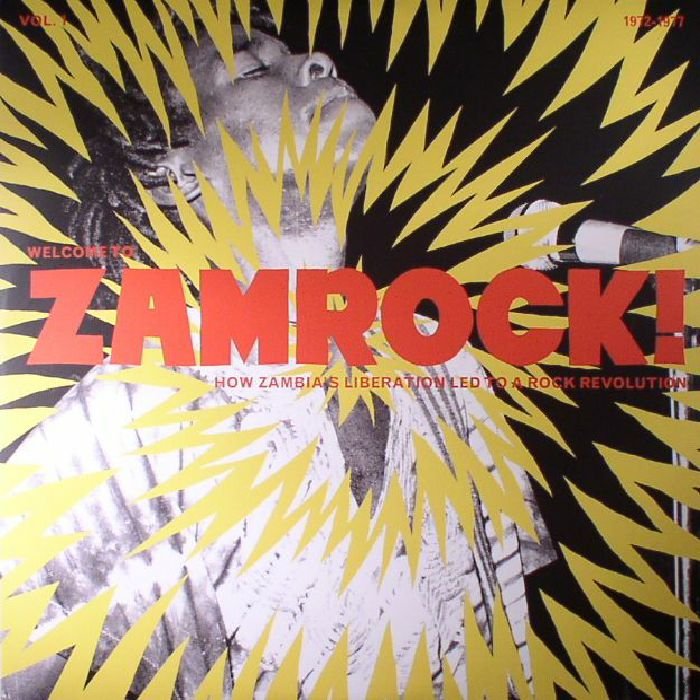As Gleb Anfilov put it, our planet has always been a giant atelier of music creation, of instruments, songs, and also an immense concert hall. The history of West African music and of mid-20th-century rock in particular, as is the subject of this review, is of this planet and both the ingenuity of men and women to produce and perform. On Welcome to Zamrock!, with tools like new and usual instruments and language, all from a metaphorical bag at every musician’s disposal, Zambian musicians seem to be producing percussion-heavy transgression full of noise, psychedelia, distortions, melody, funk, fuzz, and other signs of liberty through art.
Welcome to Zamrock’s first song ‘Hi Babe‘ by Ngozi Family is in an ultra radio-friendly English vocabulary and Poesia, which is important as English was the language of rock at the time, but rock descended from Boogie-woogie and Texas blues piano playing, as blues lyrics were poems. “When I wake u / in the morning” sounds a lot like Sun Records rock Elvis; that of dressed-up girls and boys, without much of a craving for an Apollonian night, until poets and musicians began to wave at each other while walking through Greenwich Village, New York, or the village.
The same simplicity, though not in English, goes for next song ‘Musi-O-Tunya’ by Musi-O-Tunya, a song solid in percussion laying, heavy in distortion, and rooted in belting radio-friendly lyrics rooted in liberty. The rhythm changes at a point which gets great when it’s followed by simple but interesting guitar.
‘You better know’ by Witch is the compilation’s third song, and by then something has jumped out – there is much repetition, as if anaesthetic, in these songs, as if to create a state of trance on the dance floor, a rocking funk. Wow! It becomes clear that Zamrock is its own thing, entrancing with electric instrument harmonies, melodies and rhythms, as African drums and other music have for thousands of years.
Ladies and gents, listening to this music, one realizes that Zamrock is a world of its own, built by individuals in a rising Zambia when it became imperative for Africans that colonialism was no longer. Welcome to Zamrock does a great job at anthologizing a wide variety of bands, offering, along with unique liner notes, comprehension, in two volumes, as if an archaeology of what was a time of rhythmic innovation with electric instruments, using what sounds like the same scale as the rock scale but for something else – beat defined by the musicians themselves, something their own.
Zambia had better days and then fell into hard times, and that certainly defined Zamrock aesthetic as cultural materialism dictates artistic production, but, it seems to be, as is the case with rock, that individualism came first, then the band, and then maybe collectivity. To listen to these songs is to listen to identities, humans, young men and women who ventured, and that’s what rocks about it, as manifesting youth.


